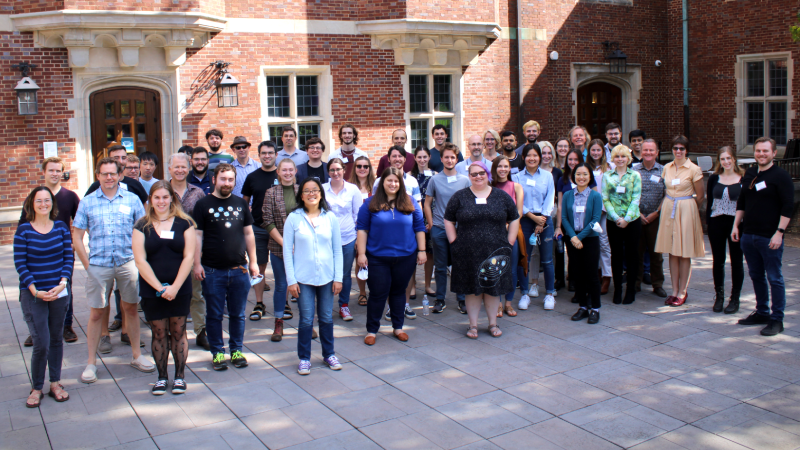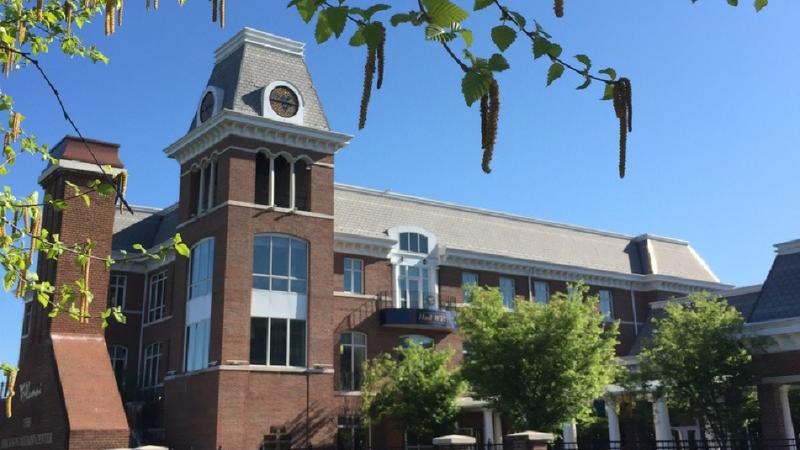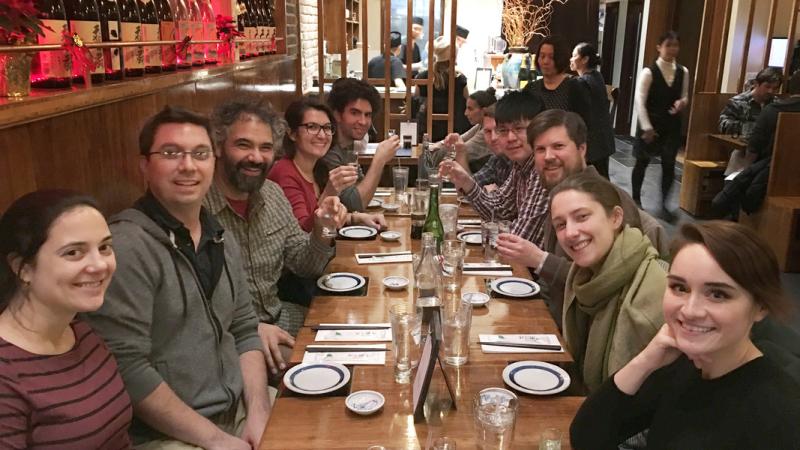
NANOGrav Collaboration
Our members span undergraduate students to senior faculty from a wide range of institutions including four-year colleges, research universities, national laboratories, and radio observatories.

NANOGrav, or the North American Nanohertz Observatory for Gravitational Waves, was founded in October 2007 and has since grown to over 225 members at over 90 institutions. The NANOGrav Physics Frontiers Center is most recently supported in part through a $17M award which started in 2021.
NANOGrav scientists make use of some of the world's best telescopes and most advanced technology, drawing on physics, computer science, signal processing, and electrical engineering. Our short term goal is to detect gravitational waves within the next decade. But detection is only the first step towards studying our Universe in a completely new and revolutionary way, and we are sure to make unexpected discoveries in the process.
In addition to our on-going timing experiments, NANOGrav cooperates with similar experiments in Australia (the Parkes Pulsar Timing Array), Europe (the European Pulsar Timing Array), and India (the Indian Pulsar Timing Array). Together, we make up the International Pulsar Timing Array, or IPTA. By sharing our resources and knowledge, we hope to usher in the era of low-frequency gravitational-wave astronomy more quickly and with greater impact.



